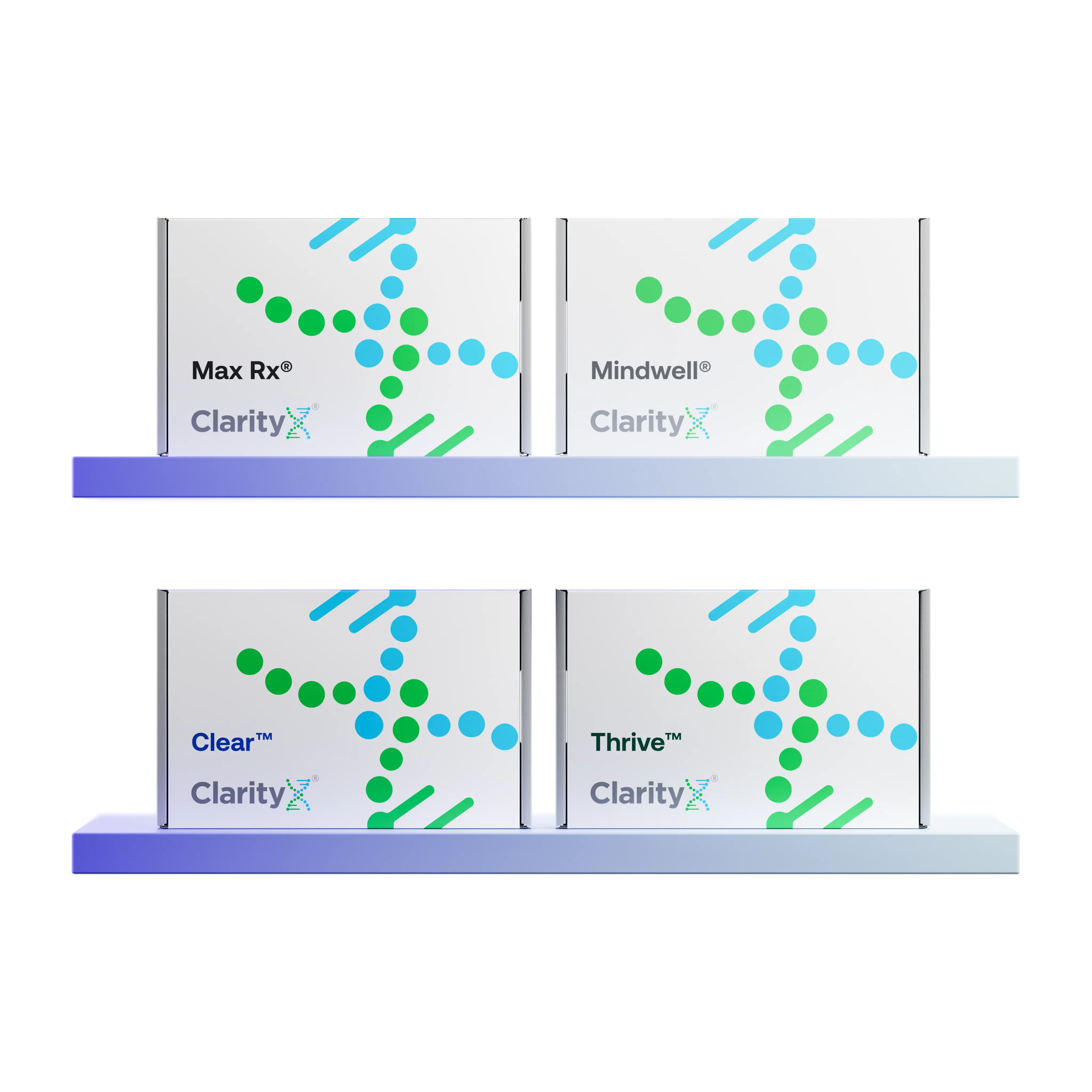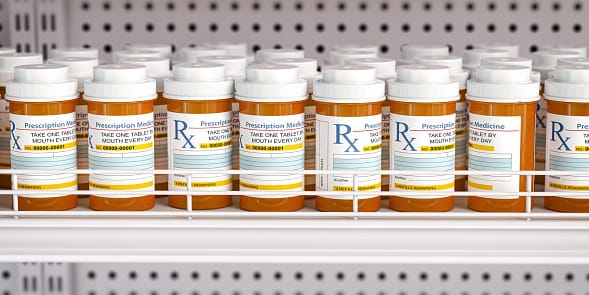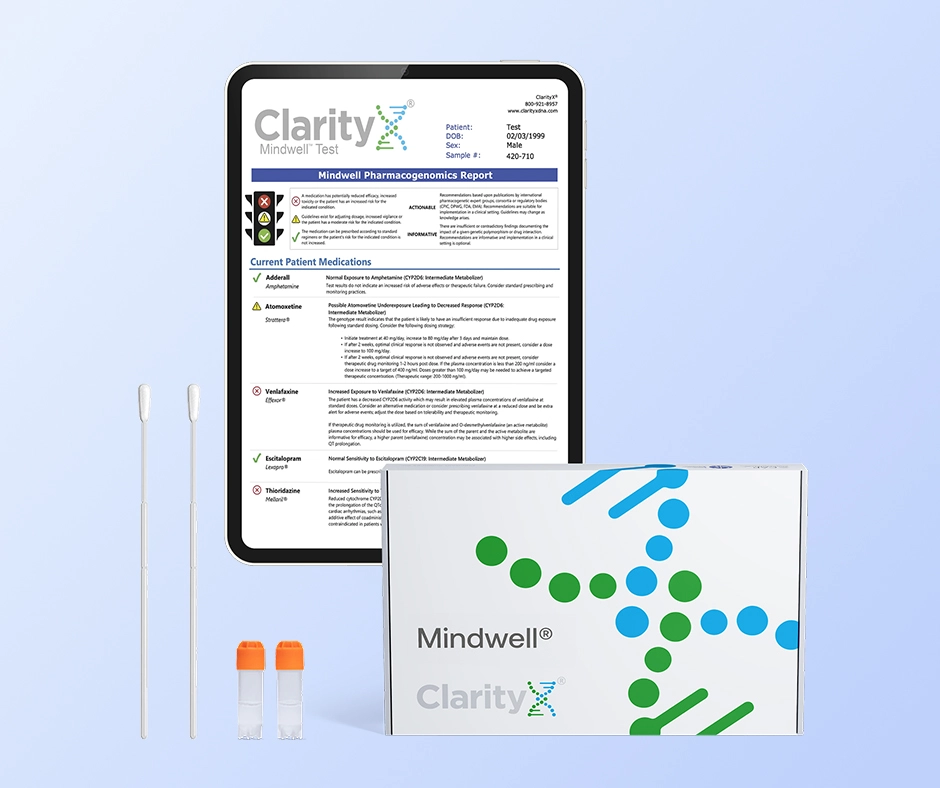Read our hydrocodone vs tramadol guide to learn about the differences between these drugs and help determine which one is best for you.
Hydrocodone® vs. Tramadol®
In the United States alone, over 50 million individuals suffer from chronic pain. When left untreated, this unrelenting pain makes it difficult to complete essential tasks like going to work, maintaining the home, or caring for young children. To provide pain relief and help patients get their lives back on track, many doctors prescribe pain medications like hydrocodone and tramadol.
If you have limited experience with pain-relieving drugs, it might be overwhelming to try and pick between two different medications. That’s why we’ve created this drug information guide. Read on to discover how hydrocodone and tramadol work, their respective dosage amounts, potential side effects, and how a DNA test can help you arrive at a decision.
Hydrocodone vs. Tramadol: General Drug Information
Hydrocodone and tramadol are two generic drugs approved to treat moderate to severe pain in adults (and sometimes children). Let’s take a closer look at how they achieve this.
Hydrocodone
Hydrocodone is a semi-synthetic opioid painkiller that’s used to treat short-term pain (such as pain following surgery or injury) and — on rare occasions — long-term pain. It can be found under several brand names, including the following:
- Vicodin
- Norco
- Lortab
- Maxidone
- Anexsia
Hydrocodone works by binding to pain receptors (mu Opioid receptors) in the brain, then reducing or even blocking pain signals. In other words, it alters chemicals in the brain to lower the amount of pain the user feels.
In many cases, opioids like hydrocodone can produce feelings of happiness and euphoria, which can encourage patients to overuse the drug. This is why hydrocodone is usually reserved for short-term cases.
Tramadol
Tramadol belongs to a class of drugs called opioid analgesics. Like hydrocodone, it’s often used to treat short-term pain — however, it may also be used to address long-term pain conditions. It’s available under the following brand names:
- Ultram
- Ultram ER
- Conzip
Tramadol reduces pain by affecting the brain and central nervous system. More specifically, it binds to receptors in the brain and spinal cord to prevent the transmission of pain signals. The drug can also improve mood by adjusting the levels of neurotransmitters like serotonin and norepinephrine.
In long-term use cases, patients may take an extended-release version of tramadol, such as tramadol hydrochloride. It works just like tramadol, but is available in higher dosages and has longer-lasting effects.
Hydrocodone vs. Tramadol: Dosage Amounts
When a doctor prescribes a new drug, one of the first things they’ll do is select a dosage amount. Let’s take a closer look at the standard dosages for hydrocodone and tramadol.
Hydrocodone Dosage
Usually, hydrocodone is combined with another drug called acetaminophen before being prescribed to patients. The recommended dose varies depending on things like age and pain condition — however, the most influential factor is the type of hydrocodone that’s being prescribed. The chart below highlights different four types of hydrocodone, as well as their recommended dosage instructions for adults.
| Type of hydrocodone | Starting dose | # of Doses | Maximum Daily Dosage |
| Capsules | 1 to 2 capsules | Every 4 to 6 hours | 8 capsules |
| Elixir | 11.25 mL | Every 4 to 6 hours | 45 mL |
| Oral dosage (10 mg per 325 mg per per 15 mL solution) | 15 mL (1 tbsp) | Every 4 to 6 hours | 90 mL (6 tbsp) |
| Oral dosage (10 mg per 325 mg tablets) | 1 tablet | Every 4 to 6 hours | 6 tablets |
Tramadol Dosage
The recommended dose of tramadol depends on a number of factors, including age, the extent of the pain, and the type of tramadol being taken. In the chart below, we’ve detailed the recommended dosage amounts for adults — it covers four different types of Tramadol, including Tramadol hydrochloride.
| Type of tramadol | Starting dose | # of Doses | Maximum Daily Dosage |
| Tramadol (oral solution) | 25 mg | Once a day | 400 mg |
| Tramadol hydrochloride (extended-release) | 100 mg | Once a day | 400 mg |
| Tramadol (disintegrating tablets) | 50 to 100 mg | Every 4 to 6 hours | 400 mg |
| Tramadol (tablets) | 25 mg | Once a day (morning) | 400 mg |
Hydrocodone vs. Tramadol: Side Effects
Every new drug comes with the risk of adverse effects, and hydrocodone and tramadol are no exception. The chart below showcases side effects that are common for hydrocodone users, tramadol users, and both.
| Hydrocodone | Tramadol | Both |
| Mood changes | Flushing | Dizziness/nausea |
| Dry throat | Sore throat/congestion | Drowsiness |
| Anxiety | Headaches | Changes in appetite |
| Difficulty urinating | Restlessness | Constipation |
| Vision problems | Fatigue/weakness | Itching |
How Do I Choose Between Hydrocodone and Tramadol?
Both hydrocodone and tramadol are effective medications for reducing symptoms in those suffering from chronic or short-term pain conditions. However, this doesn’t mean both drugs will work well with your personal body. For example, hydrocodone could be too strong for one person and completely ineffective for another. So, how do you know which medication is best for you?
In past years, doctors would determine medication and dosage by playing a game of trial and error. This involves prescribing a drug, waiting to see the results, then either adjusting the dosage or switching the drug. Not only does this process take time, but it also forces many patients to endure unnecessary adverse effects. Nowadays, there’s a better solution: DNA testing.
ClarityX: Try DNA Testing Today
DNA testing, or pharmacogenetic testing, is an innovative type of technology that examines your DNA for genetic variations that may impact how you metabolize certain drugs. Through this testing, you can discover how your body will react to several classes of medication, including:
- Pain management medications
- Antidepressants
- ADHD medications
- Anxiety medications
- Cardiac medications
- Blood pressure medications
At ClarityX, we offer two DNA tests: the Mindwell test and the Max Rx test. The former covers treatments designed for mental wellness conditions, while the latter includes everything in the Mindwell test plus sixteen additional therapeutic areas.
Once you’ve decided which type of test you’d like to take, simply request your test and complete our check-out process. You’ll then receive an easy-to-use, at-home testing kit — just submit your saliva sample and await the results. Our comprehensive reports will give you and your doctor extensive insight into your medication responses, which will help guide healthcare decisions for years to come. Join the 2,000+ physicians using ClarityX’s services by ordering a test today!






